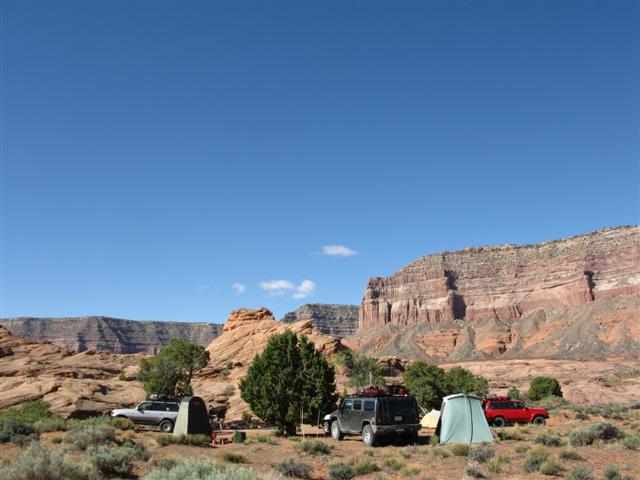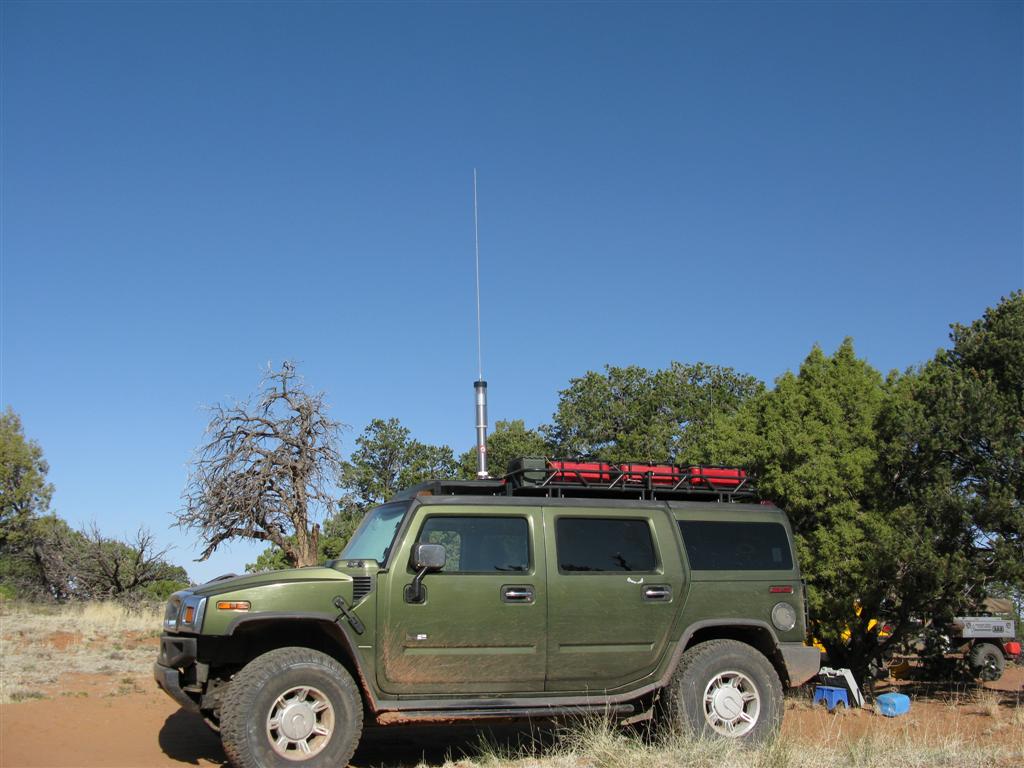HAM RADIOS
Having Ham radios on board is a must for any trip. While your 2M radio will often suffice, and is a "must have" piece of equipment, the well prepared traveler will also have his HT and his HF rig.
For the Amateur community, for the most part, no case needs to be made for the value of your radio. When it comes to long distance communication, reliability, limitless options for operation, a huge variety of equipment, and a great number of fellow Hams to help out, there is no equal to this means of communication. For wilderness and remote location travelers, these qualities make Ham radio an absolute must have when it comes to your equipment.
Due to the incredible diversity of equipment, we know that there are almost limitless applications for Ham radio, and we have adapted our rigs to meet the specific needs of our wilderness travels. There are certainly others, and we encourage you to let us know, either on the net or, preferably, here on the website.
By far, the most important benefit of Ham radio is the means to seek help. Secondarily, it serves as a means to communicate for the many reasons mentioned in post number 1, above, all of which we will discuss during the net. In this post I will only highlight two things: 1) Airmail and 2) some examples of remote location set-ups.
If you have listened to our nets for any length of time, you know that I have found it very helpful to keep family and friends appraised of our progress and safety, as we travel. While it probably goes without saying, I will do so anyway - once we hit dirt, the cell phones are useless. One of the most important pieces of equipment that I carry is my HF radio, as it allows me to keep in touch with everyone back home, including those who are not licensed Hams. I do this though a program called Airmail. It's unique features allow me to
send and
receive regular emails, including pictures, to anyone with an email address. We have used it for many purposes, all of which we will discuss on the net.
The equipment needed to make this program work obviously includes an HF radio and an antenna system that will allow the use of several HF bands. The ability to access several bands makes it possible to find one that has the best propagation qualities, and to find one that is not as busy as others. One will also need a Pactor modem.
In addition to keeping family and friends updated on our condition and progress, I have used Airmail to provide pictures to other members of OAUSA to be posted here on this website. Currently, FCC regulations permit only the use of a Pactor 3 Modem. Recently, however, the FCC considered a petition to allow the use of Pactor 4 modems and has just issued a Notice of Proposed Rule Making, which indicates their willingness to make these changes. While Pactor 3 worked, it was a bit on the slow side, but certainly very acceptable, given it's benefits. The benefits of Pactor 4 is the 200% to 300% increase in transmission and receiving speed, making it just about as fast as your email at home. Needless to say, I am eagerly awaiting the ultimate decision from the FCC.
Here are some examples of pictures that I've sent using airmail:

- Airmail Picture 2.JPG (50.39 KiB) Viewed 1410 times

- Airmail Picture 1.JPG (51.55 KiB) Viewed 1410 times

- Airmail Picture 3.JPG (44.3 KiB) Viewed 1410 times
Here is an example of the set-up I use for HF operations, including Airmail. The antenna is a Scorpion connected to an Icom 7000. The advantage of this screwdriver antenna is that is able to use all Amateur frequencies from 6-80, and tunes with the push of a button.

- Scorpion Antenna.JPG (103.96 KiB) Viewed 1410 times